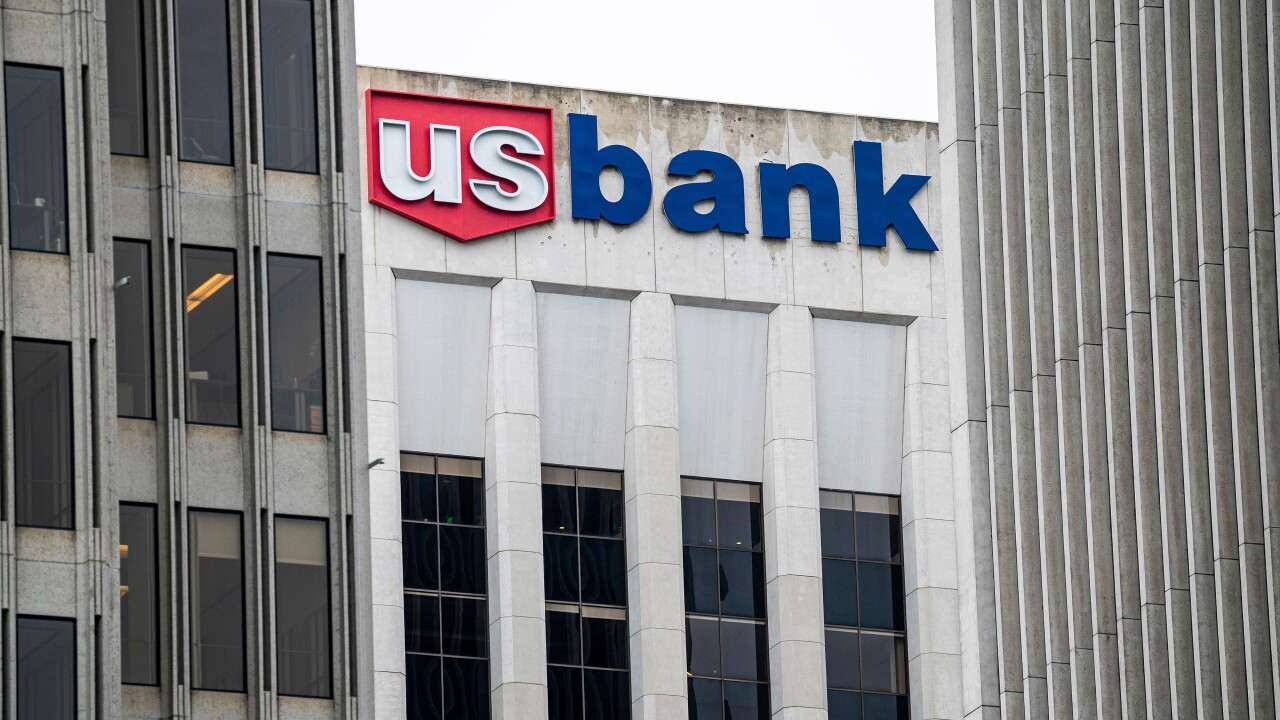The boost from lower interest rates that's driving origination volume will continue into the first six months of 2020.
But mortgage lenders should expect a huge drop-off after that, Mike Fratantoni, chief economist of Mortgage Bankers Association, said at the group's annual convention in Austin, Texas.
The MBA's forecast is the latest to predict this year's volume will top $2 trillion. At $2.06 trillion, the MBA is forecasting this will be the strongest origination year since 2007, when production was $2.31 trillion. Economists at
But for 2020, the MBA is projecting volume of $1.89 trillion.
Rates will likely remain under 4%, "which is still very supportive of a purchase market," Fratantoni said.

"And given how much refi volume lenders are seeing right now, they're not going to get all done this year. It's going to spill over into at least the first quarter, if not the first half of 2020," he added.
But volume during the last six months of 2020 may make lenders feel like it is 2018 again, he quipped. Refi volume will drop, lenders will chase a smaller number of loans, and margins will get thinner.
Volume will continue to drop in 2021 and rebound slightly the following year, according to the MBA.
The 2021 forecast is for $1.74 trillion (75% purchase) and 2022 is for $1.8 trillion (76% purchase).
However, Fratantoni noted during his presentation, "uncertainty is very high, volatility is high," when it comes to both the global and U.S. economies. So the MBA's forecast is subject to change.
Every day mortgage lenders are seeing "
"And that level of elevated volatility we see continuing because all of these things are still out there, nothing seems to get resolved," Fratantoni said.
If rates are 100 basis points lower than Fratantoni's current 2020 forecast of 3.7% throughout the year, there could be originations of $2.08 trillion; at 100 basis points higher, volume could fall to $1.75 trillion.
The forecast for growth domestic product growth for 2020 has been further reduced to 0.9%, as the U.S. economy is slowing "fairly abruptly," Fratantoni said.
Unemployment could rise to 4.1% as a result, which while not terribly high, is likely to lead to an increase in mortgage loan delinquencies given the tie between jobs and the borrower's ability to make payments.
Because of the overall lower level of economic growth forecast for next year, it wouldn't take much to push the economy into a recession. There is a 40%-50% chance that the economy ends up weaker than forecast and rates end up lower as a result, particularly in the first part of 2020.
But for consumers, when the economy slows, refinancing is not the first thing on their minds, he noted. So lower rates may have a limited ability to generate more volume in this scenario.
There also is a smaller chance that good economic news outside of the U.S., ends up driving rates up, he said.
The MBA made a slight revision to its 2018 data, increasing its origination volume to $1.68 trillion from $1.64 trillion after examining
The expected rate cut by the
When it comes to profitability, the good news for the industry is that the increase
"They could squeeze a lot out of this refi boomlet," said Walsh.
But next year there will eventually be a return to the kind of weaker margins seen in 2018, she said.
In 2018, for many lenders, "it was just a matter of getting by. You had independents at 8 basis points, 12 basis points (origination margins). It was just surviving. We we're talking a lot about mergers and acquisitions back then," Walsh said.
A return to 2018 conditions could be hardest on nonbanks.
Banks are able to operate at a net production loss. They can hold loans in portfolio, some as much as 75%, because they can earn the net interest margin, unlike independents that must sell the loans, Walsh said. Depositories also are looking at the customer relationship for other products they offer.





